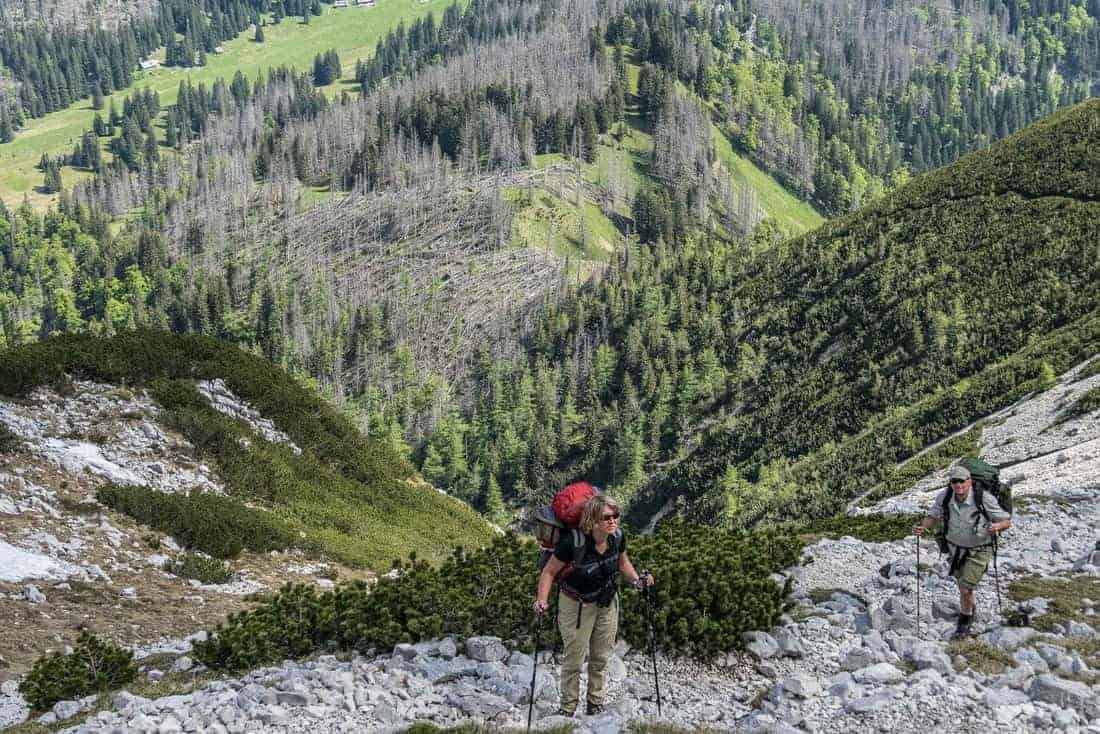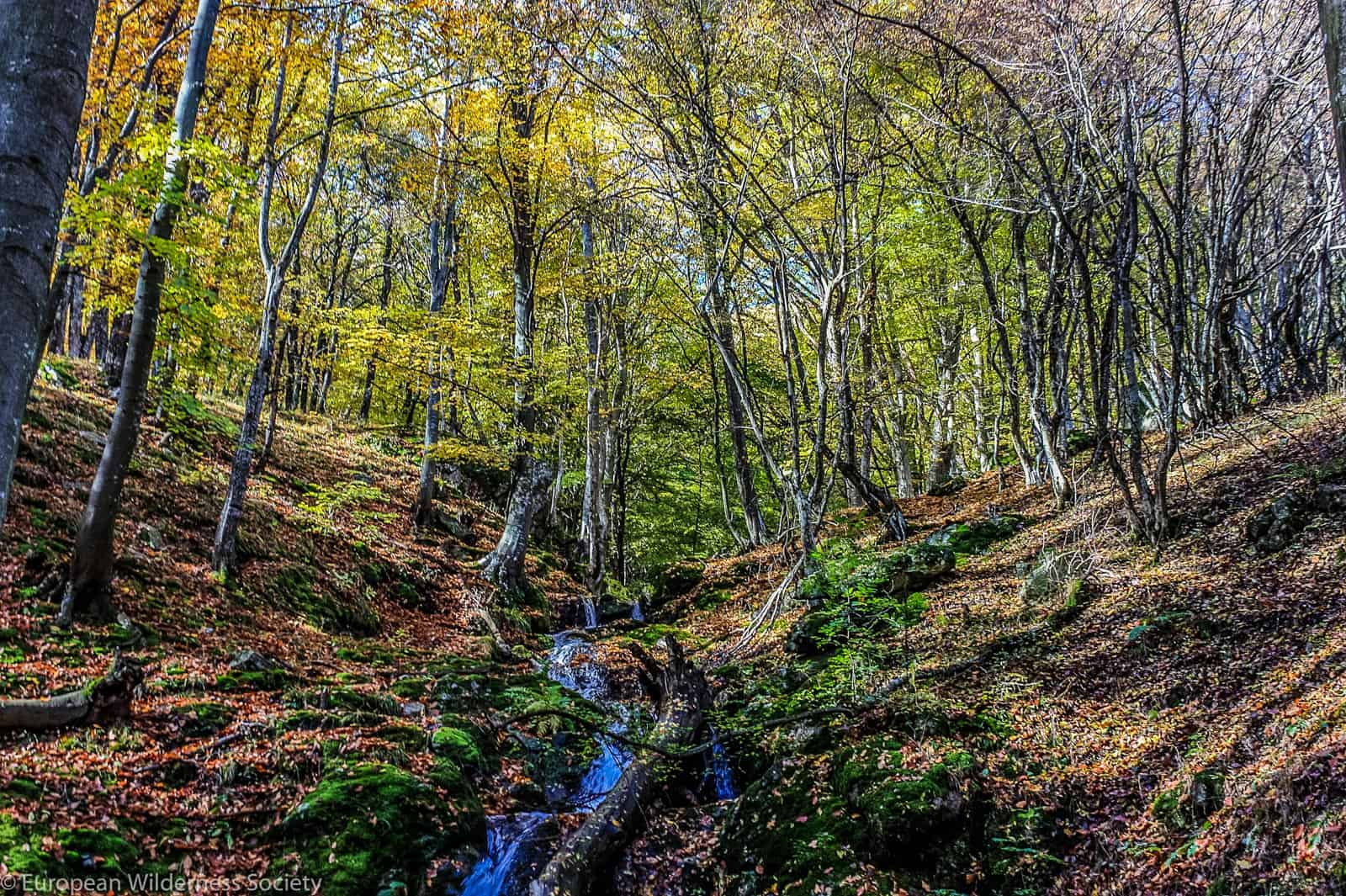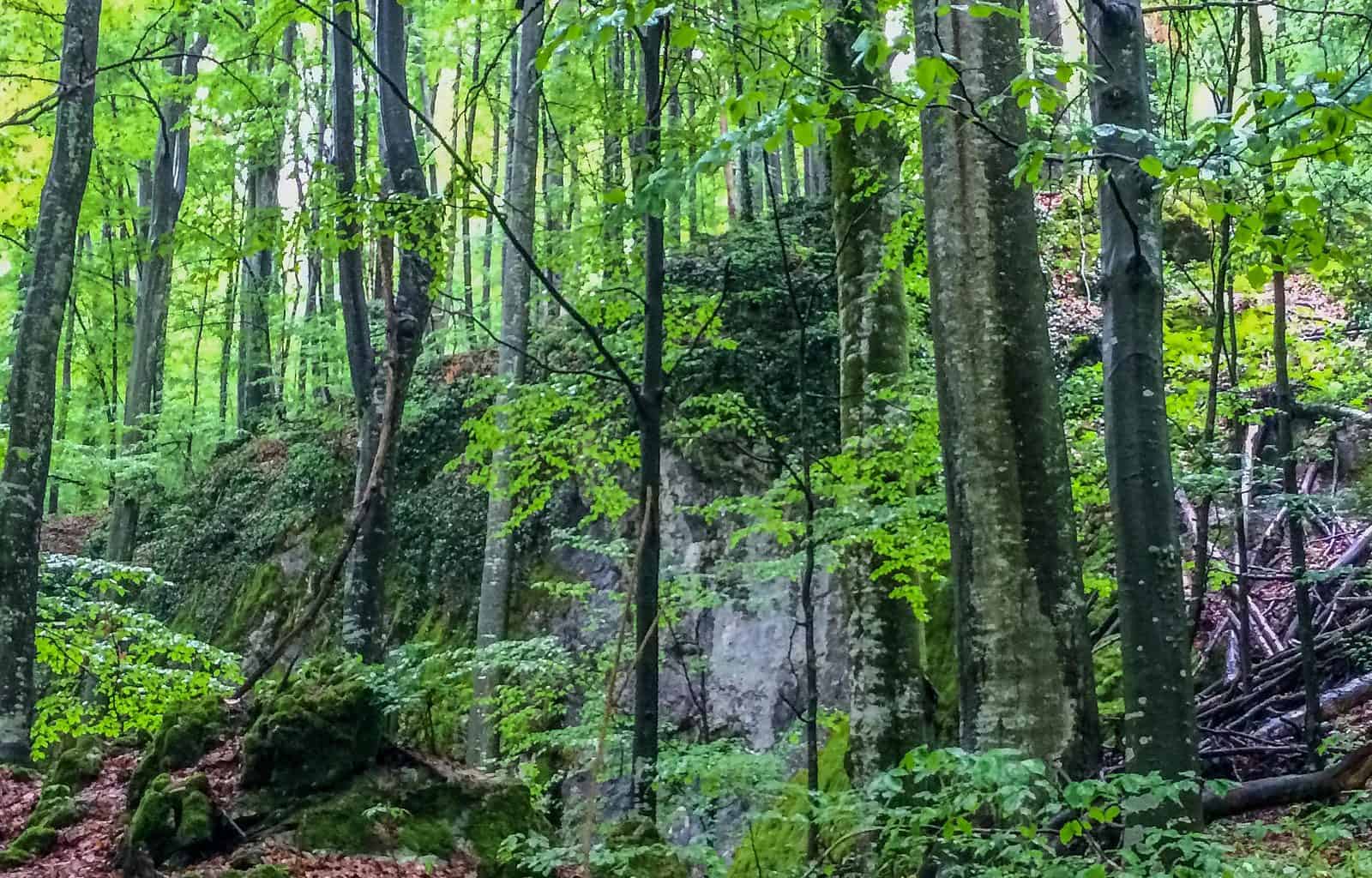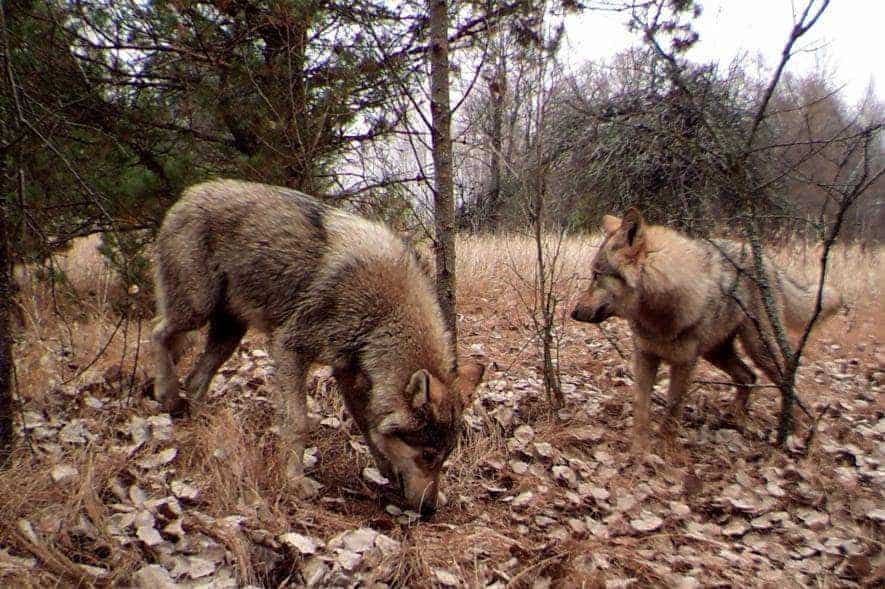Cooperation in Hohe Tauern National Park
Cooperation in Hohe Tauern National Park is essential for harmonizing conservation goals and community interests. This collaborative approach ensures nature conservation, sustainable land use, cultural preservation, and responsible tourism.
By fostering a shared commitment, the park and its stakeholders work together to maintain the delicate balance between environmental conservation and the well-being of local communities.
Cooperation on forest management
Particularly important is cooperation on implementation of the sustainable practices on forest management. This collaborative effort ensures responsible timber harvesting and minimising environmental impact. By working together, the park and forest owners contribute to the long-term health of the ecosystem, fostering a balance between economic interests and ecological preservation.

Variability of forest
Forests cover a substantial portion of the park. This vital ecosystem contributes significantly to biodiversity, maintaining the ecological balance and enhancing the scenic beauty of Austria’s largest national park.
The Hohe Tauern National Park hosts diverse forest types, including subalpine and alpine forests, characterized by spruce, fir, and pine trees. These ecosystems play a crucial role in supporting a variety of flora and fauna. The unique combination of tree species creating habitats for wildlife and enhancing the overall ecological resilience of this alpine land.
History of human impact on forest
The history of human impact on the forests of Hohe Tauern National Park reflects centuries of utilization for timber, grazing, and settlement. Throughout history, human impact on the forests of Hohe Tauern National Park has evolved from traditional uses, such as timber harvesting and grazing, to more modern industrial influences in the 20th century.
In the next period conservation efforts emerged, leading to the park’s establishment in 1981. Today the forest ecosystems of Hohe Tauern National Park thrive as vital components of this alpine sanctuary. Rich in biodiversity, these forests play a crucial role in maintaining the park’s ecological balance. Towering conifers and diverse vegetation provide habitats for various wildlife, contributing to the overall health of this Austrian gem.
Commercial forestry
In particular zone commercial forestry in Hohe Tauern National Park is a carefully managed practice, balancing economic needs with environmental conservation. Strict regulations ensure sustainable timber harvesting, minimizing impact on the park’s delicate ecosystems. By implementing responsible forestry practices, the park strives to maintain a harmonious coexistence between economic interests and the preservation of its pristine natural landscapes, reinforcing a commitment to long-term environmental health within this Austrian alpine haven.

Impact of climate change
Like all over the Europe also here climate change poses significant challenges to the forests of Hohe Tauern National Park. Rising temperatures, altered precipitation patterns, and increased frequency of extreme weather events impact forest health. Glacier retreat and shifting vegetation zones further on affect the park’s ecosystems.
Conservation efforts focus on adaptive management, promoting resilient tree species, and monitoring ecosystem changes. Addressing climate change is crucial to safeguard the park’s biodiversity and maintain the ecological integrity of its forests.
Threats to the forest
Hot summers and increasing impact of the drought poses a formidable threat to the forests of Hohe Tauern National Park. Insufficient water availability stresses trees, making them susceptible to pests and diseases. Reduced soil moisture affects plant growth, impacting the delicate balance of the ecosystem.
Conservation efforts include monitoring water stress, promoting drought-resistant management technics, and implementing adaptive strategies to mitigate the adverse effects of prolonged dry periods on the park’s forested landscape.
Summary
Sounds forest management of Hohe Tauern National Park is result of beneficial cooperation among park management, forest owners and local communities. Successful cooperation was achieved through the transparent communication, active engagement, and shared decision-making.
Regular meetings and collaborative planning forums create spaces for open dialogue. Incentives for sustainable practices and responsible forest management further strengthen bonds. The mutual understanding of tradition, conservation objectives and economic needs ensures a balanced approach, fostering a harmonious partnership. Result of that process is effective and sustainable forest management.
Only with the cooperation of states, municipalities and landowners and subsequently with the federal government will we make progress and be well positioned for the future challenges.
State Councilor Josef Schwaiger, Mallnitz, Austria








